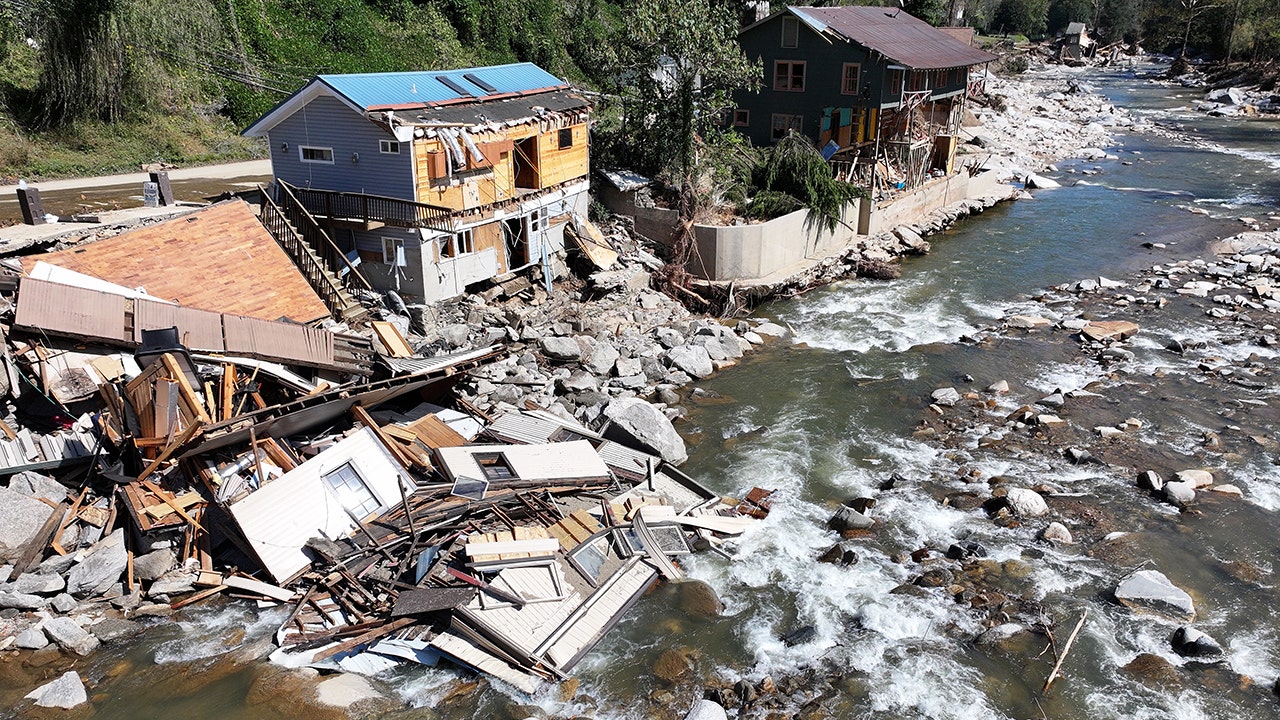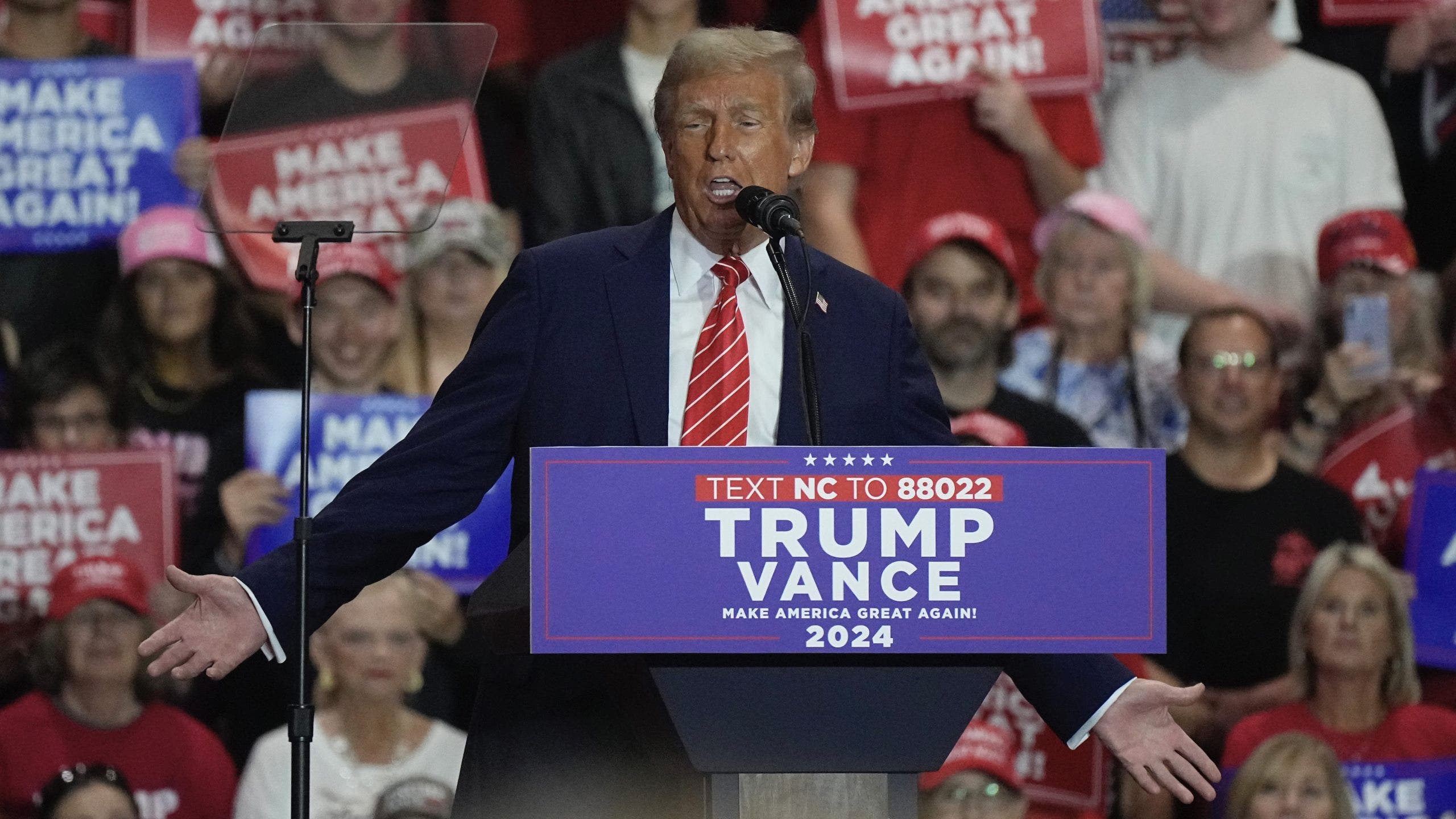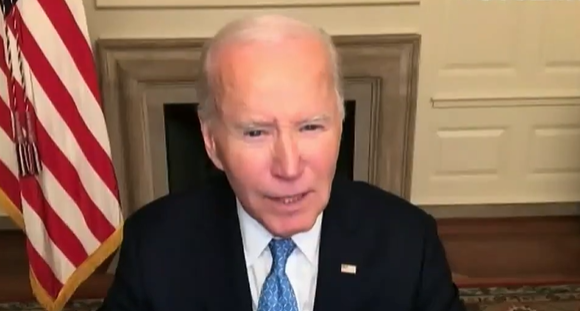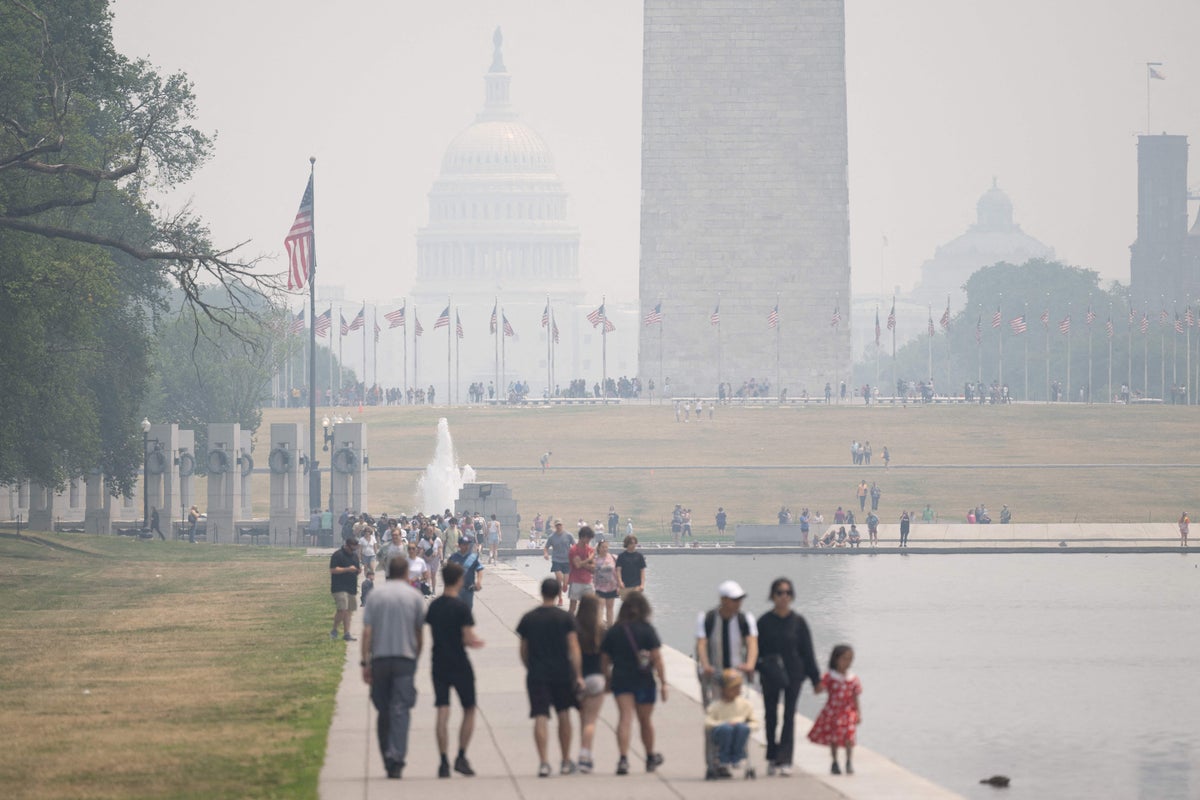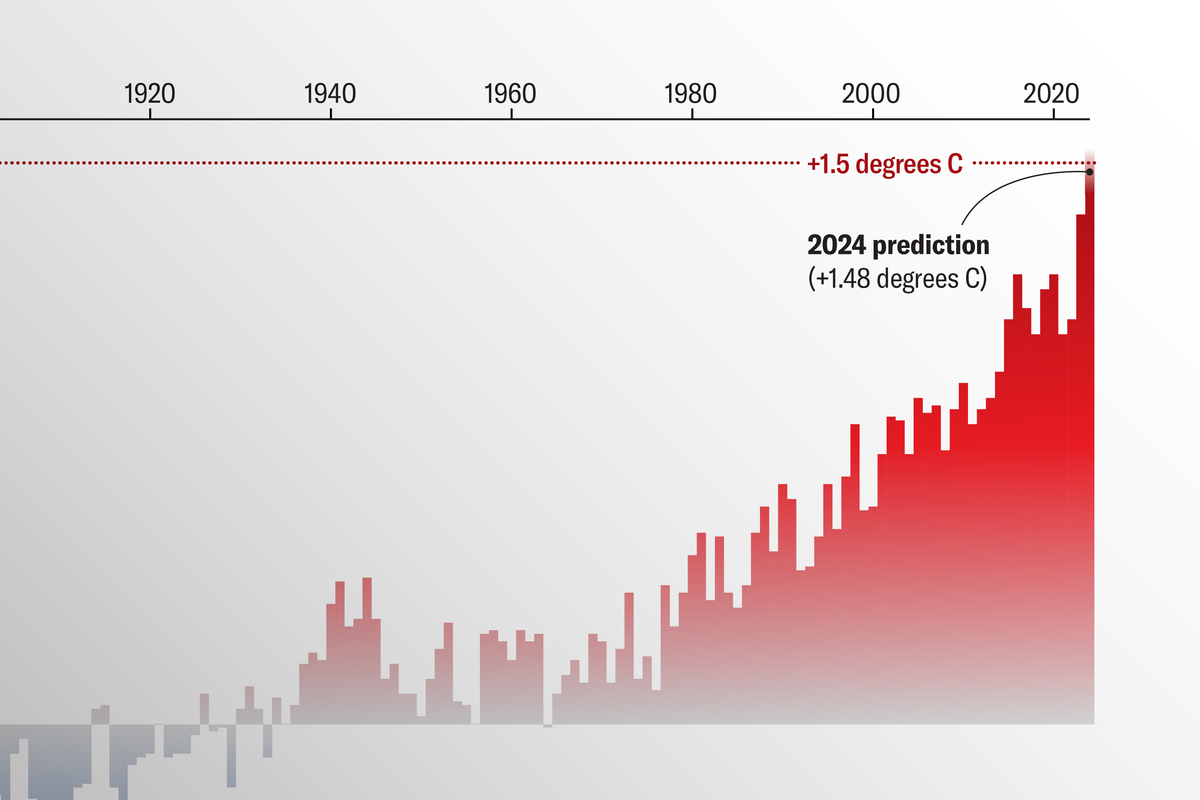With delays and disruption the norm, companies strove to avoid future shortages by overbuying and holding stock locally rather than relying on the increasingly broken just-in-time supply chain. Others have spent big to remake the supply chain entirely. Intel, for example, has said it will build a $20 billion chip-manufacturing site in Ohio to ease shortages due to the supply chain.
Issues across the supply chain have been exacerbated by what Ellram calls phantom demand: When faced with long lead times for basic items, people will often over-order. Someone might put deposits down on sofas with three retailers and see which one arrives first, then cancel the other two orders. “Manufacturers were getting fake signals of what the true demand was,” she says.
There was also the idea that the pandemic was reaching its end phase. “Retailers hoping to rebound went out and ordered plenty of stock,” says Enda Breslin of ShipBob, a global fulfillment firm.
But there was a more significant problem: The world was changing. Pandemic restrictions eased—and retailers forgot that spending on goods was only one part of the equation, all of which causes a headache for businesses that have spent the last year trying to prepare for demand patterns similar to the summer of 2020 and avoid the catastrophes of the summer of 2021—while realizing that the summer of 2022 is entirely different from both. “That’s what retailers and manufacturers are trying to cope with,” says Levinson: “A lot of them stocked up because they didn’t want to disappoint their customers with empty shelves.” Now they have too much stuff.
The speedy way to untangle the mess would be to break the cycle of feast and famine—but that’s easier said than done. The economy is a mess, consumer spending is unpredictable, and the war in Ukraine continues to roil. “We just can’t absorb this much instability,” says Ellram. She says that the pendulum will remain out of kilter, but the over- or under-ordering will gradually slow as companies temper their overreactions to real-world economic and societal changes. However, the tanking global economy is still a big unknown.
This means that the issues of the past two years are likely to echo for a little while longer, albeit at a lower level than before. Breslin says that if the closure of the Suez Canal and chip shortages were one perfect storm, the situation the world now faces is an entirely different storm. “Fuel prices have gone up,” he says. “The inflation rate has gone up. People just don’t have as much discretionary spending, which means retailers have to start discounting.” Companies with rapidly aging summer stock face a conundrum: spend money in a tight warehouse market to store it for next year or take a hit on profits and sell at miniscule or non-existent margins. Another, equally unpalatable alternative is to unload stock on secondary markets, where big discounters like TJ Maxx will snap it up and sell it on the cheap.
The problem is particularly acute for bigger companies because of the way they buy. Smaller retailers order less stock more often on shorter lead times. But the sheer number of items larger retailers sell means their orders with manufacturers are made further in advance, forcing them to predict demand based on less reliable information.
Faced with an abundance of stock in warehouses, retailers are likely to cut back orders—perhaps too much, resulting in undersupply, and then counteract that by over-ordering, repeating the cycle with smaller margins of error. “For the big guys, the definition of insanity is just keeping doing the same thing, expecting different results,” says Breslin. “They’re doomed to keep doing that.”


